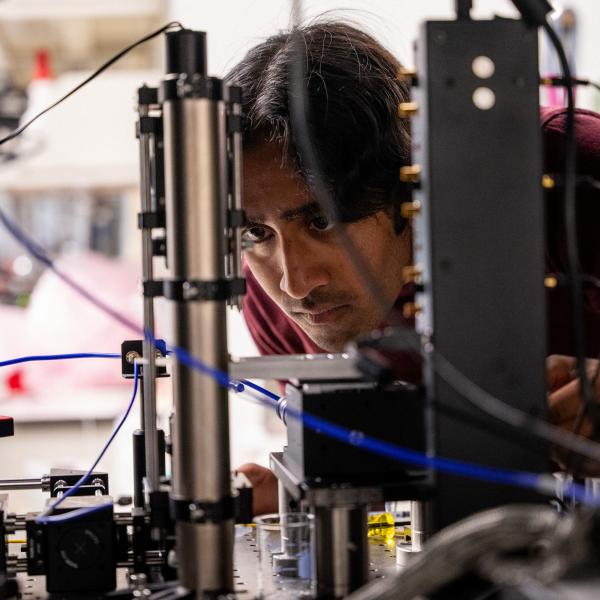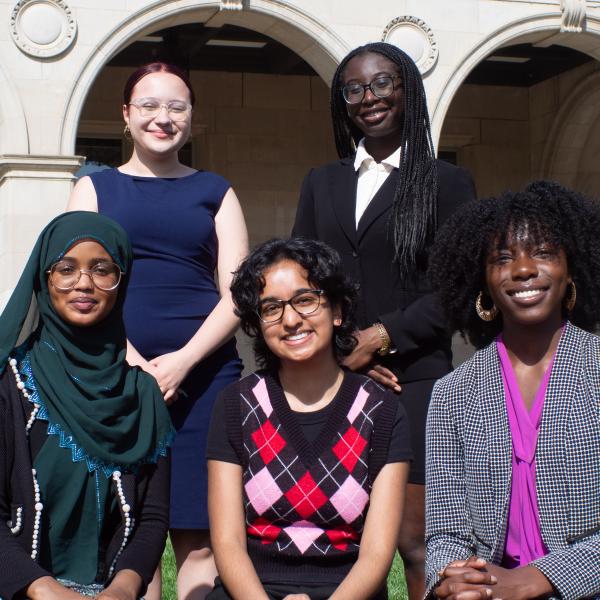We learn in school that matter comes in three states: solid, liquid and gas. A bored and clever student (we’ve all met one) then sometimes asks whether glass is a solid or a liquid.
The student has a point. Glasses are weird “solid liquids” that are cooled so fast their atoms or molecules jammed before organizing themselves in the regular patterns of a crystalline solid. So a glass has the mechanical properties of a solid, but its atoms or molecules are disorganized, like those in a liquid.
One sign of the weirdness of glass is that the transition from liquid to a glass is much fuzzier than the transition from liquid to crystalline solid. In fact, the glass transition is arbitrarily defined as the point where the glass-forming material has a viscosity of 1013 poise. (The viscosity of water at room temperature is about 0.01 poise. A thick oil might have a viscosity of about 1.0 poise.) At this point, it is too thick to flow and so meets the practical definition of a solid.
Scientists hate definitions this vague, but they’ve been stuck with this one because nobody really understood the glass transition, which frequently makes it onto lists of the top-10 unsolved problems in physics.
For the most part, scientists have been able to measure only bulk properties of glass-forming liquids, such as viscosity and specific heat, and the interpretations they came up with depended in part on the measurements they took. The glass literature is notoriously full of contradictory findings and workshops about glass are the venue for lively debate.
But in the past 15 years, new experimental setups that scatter X-rays or neutrons off the atoms in a droplet of liquid that is held without a container (which would provoke it to crystallize) have allowed scientists at long last to measure the atomic properties of the liquid. And that is the level at which they suspect the secrets of the glass transition are hidden.
In one such study, Ken Kelton, the Arthur Holly Compton Professor in Arts & Sciences at Washington University in St. Louis, and his research team (Chris Pueblo, of Washington University, and Minhua Sun, of Harbin Normal University in China) compared a measure of the interaction of atoms for different glass-forming liquids. Their results, published online in Nature Materials, reconcile several measures of glass formation, a sign that they are on the right track.



